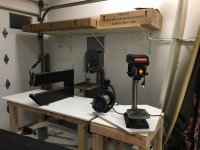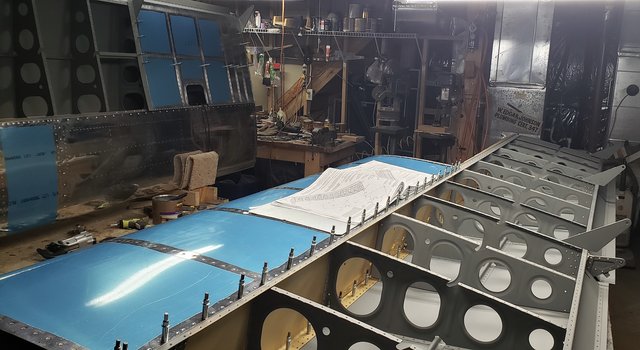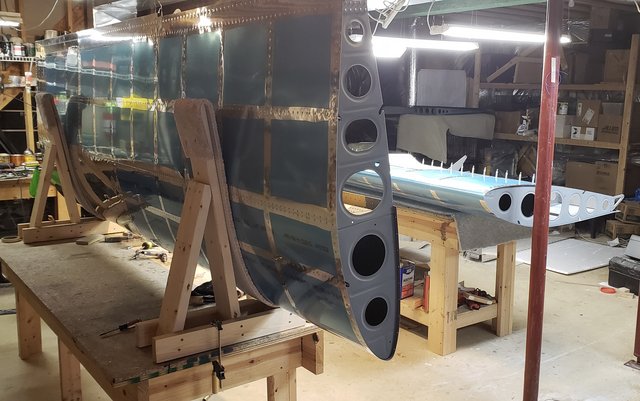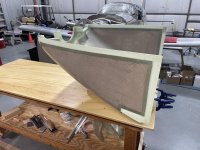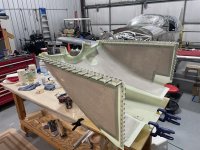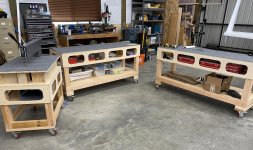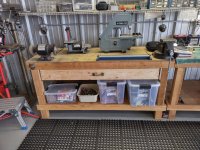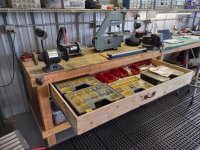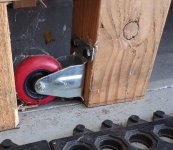As i'm getting the shop set up while waiting on that elusive first kit to appear. I probly should get a work table put together.
I have built several benches and tables for different project purposes so I have a few ideas for this one as far as functions and features go. One question I'm wondering about is the dimensions.
I have a 24x36 shop and will be building a -10. What size surface would allow me to fully support the horizontal stabilizer and/or wings during the build?
Is there any benefit to having two benches that are of different lengths but still join up for the chosen total length?
I have built several benches and tables for different project purposes so I have a few ideas for this one as far as functions and features go. One question I'm wondering about is the dimensions.
I have a 24x36 shop and will be building a -10. What size surface would allow me to fully support the horizontal stabilizer and/or wings during the build?
Is there any benefit to having two benches that are of different lengths but still join up for the chosen total length?



